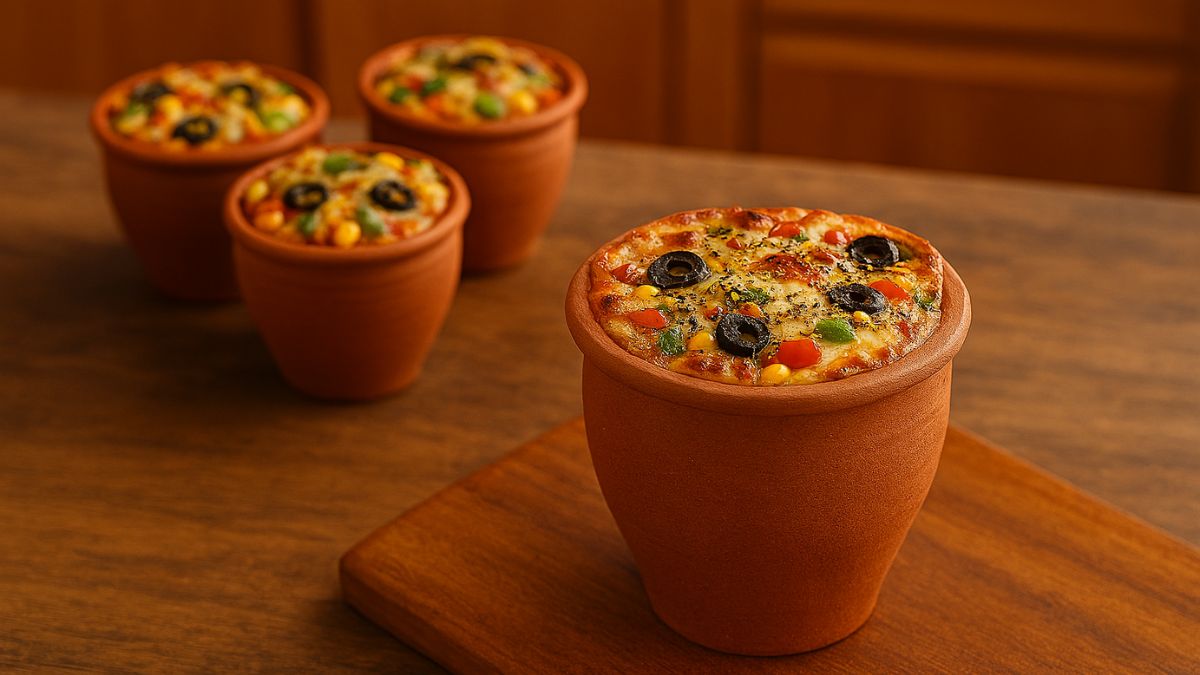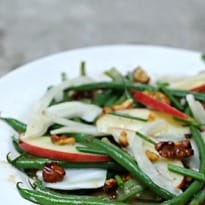In the first of a three-part masterclass on the art of making salads, we introduce you to the building blocks of dressings. Arm yourself with some lemon and olive oil and have a go at these recipes to get you started...
In the restaurant business, we are obsessed with gross profit (GP). This is the percentage of the price of a dish that is left over once you have paid for the ingredients. It is the money left to pay your staff costs, rent, rates, insurance, energy and everything else. High GP means more money in the bank.
By my reckoning, the highest GP dish I have eaten was at the restaurant of a French chef with multiple Michelin stars. It was a single, circular slab of ice-cold, deafeningly crispy iceberg lettuce, cut just under an inch thick, dressed with a pink peppercorn dressing. He charged over £30 for it. The ingredients must have cost under a pound. The difference between the two is what he figured people would be willing to pay for the taste of his genius.
It was, in fact, a delicious salad. Perhaps not transcendental enough to justify such an eye-watering mark-up - what could be? - but it taught me a lesson about the power of a good dressing.
Salads have come a long way since the 1970s, when the British only ate them one way: a few leaves of lettuce, some unripe tomatoes and a boiled egg, all drenched in salad cream. These days, a salad can be a vehicle for any ingredient under the sun (and over the next two weeks we will discuss how to make wonderful ones from vegetables, fruit, pulses, meat and fish). And for every salad, there is a perfect dressing.
Beginner cooks often find salad dressings surprisingly intimidating, considering there is no heat involved, and very few ingredients. I think this is because they sense that making a dressing is a learned art. You need to keep practising - trying new combinations and measurements, producing the occasional vile concoction that makes your eyes bulge from your head - until you have laid down enough knowledge to know instinctively how to dress each salad.
But in the meantime, there are some rules you can follow to improve your hit rate:
• Salad dressings are all about sweet and sour, or agrodolce as the Italians call it. It is the most addictive flavour combination in the chef's palate. Learn the ratio of sweet to sour that you like best - most oils are slightly sweet in flavour, incidentally. If in doubt, I would suggest adding more sour (usually in the form of vinegar or citrus).
• Which oil you use matters. Olive oils cover a spectrum of flavours from the peppery early-season oils (which sometimes have an almost acrid aftertaste) to the softer late-season ones. Taste your olive oil. If it is too powerful for your palate, dilute it with rapeseed or sunflower oil. Also, be aware that oils can go stale if left in the heat (eg by the stove) or in sunlight.
• Make more than you need. You can keep it in the fridge in a jar for ages.
• Season carefully. Taste for salt, pepper, sweet and sour. Before you dress the salad (the point of no return) dip a leaf into the dressing, taste and adjust the flavours if necessary.
• If you are using raw garlic in a dressing, it is best to smash it to a paste with a little salt - this breaks it down more than a garlic crusher can. The flavour will spread more evenly through the mix, and you won't get little lumps floating in your dressing.
Classic lemon and olive oil
This is a very easy dressing that is useful for strong-flavoured leaf salads, such as rocket, mizuna, or mustard leaves. My first boss, the chef Bruno Loubet, used to add a little water to this dressing (maybe a teaspoon) to thin it slightly and give it more delicacy.
1 tbsp lemon juice
3 tbsp olive oil
Salt and black pepper
Whisk together, taste and adjust seasoning.
Leon house dressing
A French classic. Adds real punch to those old‑fashioned lettuce leaves.
40g dijon mustard
80ml white wine vinegar
350ml rapeseed oil
Sea salt and black pepper
Blitz the mustard and vinegar in a blender. While still running, slowly add the rapeseed oil until you have a fully emulsified dressing. Season carefully.
Red onion and shallot
Use this with roasted beetroot and lentils, topped with goat's cheese or feta.
1 red onion or shallot
1 tbsp balsamic vinegar
2 tsp soft brown sugar
2 tbsp olive oil
Salt and black pepper
Combine the onion, vingegar and sugar, then season. Leave for about an hour. Then add the olive oil and stir well.
Honey and mustard
For those who prefer something sweeter. Also a great dressing to go with avocado halves. Simply whisk it all together and season.
1 garlic clove, crushed
2 tsp dijon mustard
2 tsp runny honey
3 tbsp white wine vinegar
100ml sunflower oil
Salt and black pepper
Walnut
This is a lovely dressing for French beans. Blanch French beans and runners and add them to the dressing while they are still warm. Finish with finely diced apple, shaved fennel and chopped chives.
100g walnuts
Salt
A pinch of cayenne pepper
A drizzle of olive oil
Mix the walnuts with the other ingredients and bake at 180C/350F/gas mark 4 for 5 minutes, until lightly toasted. Crush gently and add to the honey and mustard dressing above along with 1 tbsp of walnut oil.
Basil
Best for drizzling over fresh tomatoes, grilled courgettes or a tomato salad.
A bunch of basil
1 garlic clove, crushed
100ml olive oil
A pinch of salt and black pepper
Remove the leaves from the basil and blend with the rest of the ingredients.
Pink peppercorn and elderflower dressing
This is based on a dressing by the great Joyce Molyneux. It is good to use in salads containing avocado, asparagus or even strawberries, but is equally delicious with crisp lettuce. And it won't cost you £30.
1 tbsp pink peppercorns
1½ tbsp white wine vinegar
2 tsp elderflower cordial
75ml groundnut oil
75ml single cream
1tbsp chopped chives
Salt and pepper
1 Grind the pink peppercorns roughly, either in spice grinder or in a pestle and mortar.
2 Place in a liquidiser with the rest of the ingredients and blend together until an emulsion is formed. Season well.
Henry Dimbleby is co-founder of the natural fast-food restaurant chain Leon (@henry_leon). Get your kids cooking at cook5.co.uk
Salad dressings are all about sweet and sour, or agrodolce as the Italians call it. It is the most addictive flavour combination in the chef's palate. Photography: Jill Mead for the Guardian








